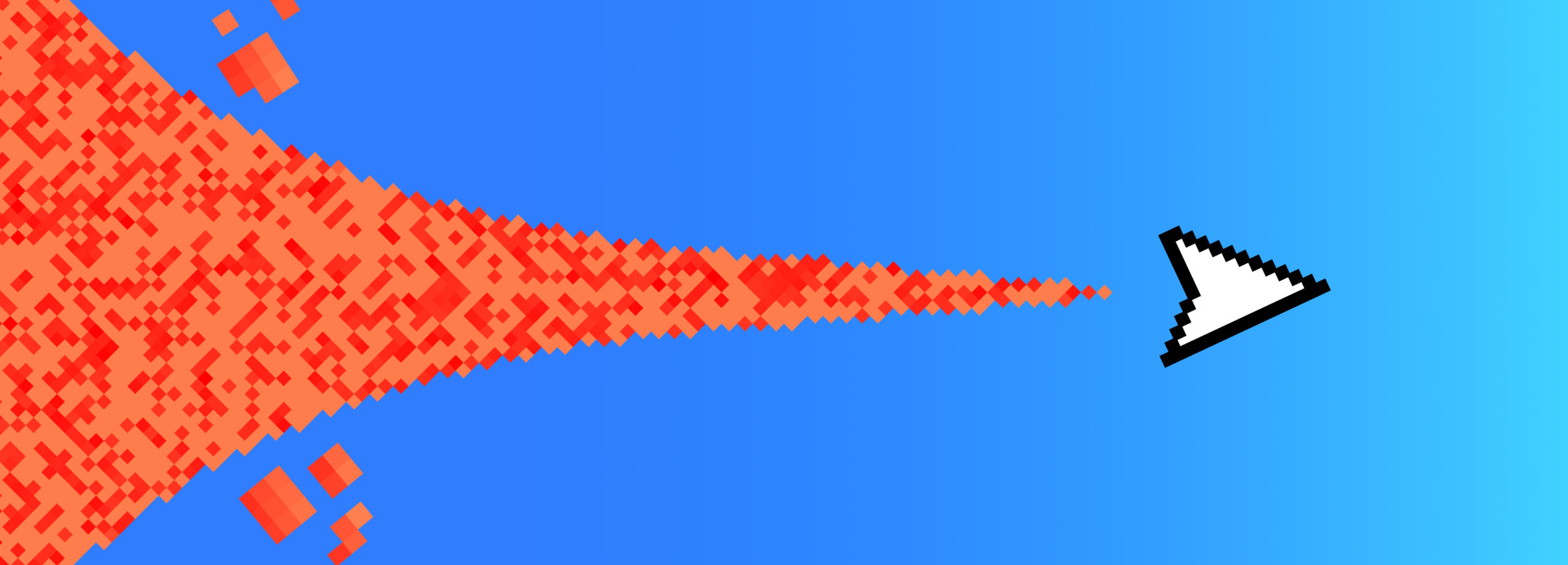
How Products Can Reinvigorate The Meaning Behind the ‘Future of Work’
As product people and working humans, we’ve all thought about hybrid work in one way or another. A pandemic disrupted the way many of us approached work last year, and to this day variants of COVID-19 are creating a web of hurdles for individuals and businesses to navigate.
Many B2B products have tried to capitalize on this confusion by claiming they’re here to create a brighter future of work. And as we recently explored on the Better Product podcast, some tools have been successful. We’re seeing how video calls can be playful and imaginative on platforms like Around, how managing projects can be beautiful and simple with Asana, and how products like Formstack can take the struggle out of contract wrangling.
But what traits distinguish a product as ahead of the curve when we talk about the future of work? More importantly, what does the “future of work” represent about how products are evolving—or how they should evolve if they are to be successful today?
Users Want To Be Delighted—Not Swallow A Necessary Evil
Think back to the earliest days of remote work, and you might cringe. Zoom fatigue is real, and much of that sensation comes from the design. On a Zoom call, it can be easy to overlook a colleague’s body language, and staring at our own faces too long can create stress.
The remote work options that will be successful are those that, at their core, strive to break these barriers and delight users at all dimensions of the product. As Dominik Zane, CEO of Around, said on our podcast, people working remote tend to feel like “second-class citizens” They exist on the borders through tools that don’t effectively promote collaboration.
To create a better opportunity for remote workers, product leaders need to think about how their tools solve specific use cases. Products shouldn’t just work as they always have, as Kate Donahue of Pitch explains. While functional presentation tools exist, like PowerPoint and Google Slides, the best products will help users accomplish their goals quickly, confidently, and with a sense of creative delight.
More Can Be Better, But All Good Things Come In Moderation
As Meghan Pfeifer said in our series wrap-up, an office is full of people with different working styles and personalities; so, they all need different types of tools to be successful. As the number of remote tech tools expands, it will be easier to help more people connect to a future of work that’s right for them.
Of course, everything should come in moderation. At the end of the day, you need to provide the tools for the right people, in the right situations, and at the right time. The same is true for product features; all features should solve a problem or empower a user to reach new heights.
Conceptualizing A Future Of Work Product Starts With Your Team
For your product to respond to real problems, you must have hard conversations within your own company about the future of work.
The tools will be in flux for some time, as Christian Beck shared on our podcast series wrap-up. So, to best understand what your product should reflect about the future, your own team needs to evaluate what’s changing, how they’re responding, and what values inform those decisions. In real time. Then, the products you create will be built not for a moment, but for a real trajectory.
Summary
We might never settle the debate on what the ideal future of work looks like. The future, after all, is contingent on what we do today. So if you’re thinking about building the next great career tool, start with your foundation: We need better products that are marketable, valuable, and usable. We need them today, and we’ll need them tomorrow.



